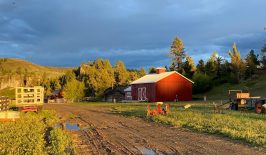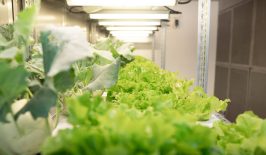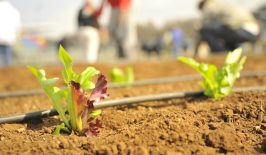Recently released information for the month of June indicates that inflation eased somewhat last month, dropping from 7.55% in May to 7.25% in June. This dip in inflation however, is not reflected in India’s food prices, which continue to steadily rise. The country’s food inflation currently sits at about 10.81% and mimics the global trend in rising food prices.
The increases in food prices are hitting the hip-pocket of Indian families and, obviously, the nation’s poor. According to a survey published this year by Save the Children, almost 30 percent of Indian families have cut down on their daily food intake as a result of rising food prices. India is also home to the largest number of malnourished children, with almost every second child under five lacking proper sustenance.
Food prices have increased by about 7 percent in India since the start of the year. As an example, the price per kilo of potatoes has risen from 10 rupees to 16 rupees in the last three months alone and prices generally show no signs of regression. On average, people in developing countries contribute 50-80 percent of their income to household food compared with people in the developed world, whose food bill takes up about 10 percent of their income.
The climate effect

At the start of this year, the Indian government expressed concerns about the threat of rising food prices as a result of climate change and natural disasters. The erratic monsoon season this year only adds to this notion with heavy rains in the northeastern state of Assam washing rice crops away and delayed rains in other parts leaving fields arid.
Last year, Oxfam released figures that estimated that the price of key crops could increase by between 120 and 180 percent by 2030, if current price trends are anything to go by. According to the report, climate change will be responsible for half of the price hikes.
Climate change is more specifically linked to food security, which in turn helps dictate food prices. Weather fluctuations, changes in soil, warmer temperatures, and longer droughts all affect crop yields and food production and distribution. Couple this with the rate of global population growth and it is claimed that a deficit in food production against demand is probable. Consumption of key crops-soybeans, wheat, rice and corn- has outpaced production, while severe weather changes consistently lead to failed harvests. In order to curb consumption, prices are raised.
This rise in prices places insurmountable pressure on India’s poor and other developing nations with experts predicting that the number of women and children under five affected by malnutrition could increase by 20 percent in the next decade.
One small beacon of hope lies in India’s rural areas, where the situation is not so clear cut. Two economists from the International Monetary Fund recently published an article looking at the effects of food prices on income in India. Their research found that higher food prices are linked to more equal incomes in rural areas. While people in rural areas who don’t produce their own food still have to pay a higher price, food price inflation seemed to balance out income inequality, perhaps because non-food producers still rely on food producers for their income.
Though this is no excuse for policy makers to rest on their laurels, all is not lost. Like any industry grappling with climate change, the solution lies in adopting new techniques. Some new methods already exist, such as a type of rice crop which is resistant to flooding (although this plays into ever-contentious discussions surrounding genetically modified foods) and governments across the world are pledging billions to help fund research into more sustainable agricultural methods. Long-term sustainability and assurance of supplies will lie in creative and innovative approaches to developing farming techniques as well as ongoing education and support of farmers and agricultural industries.
Author: Anna Rees/ RESET editorial








